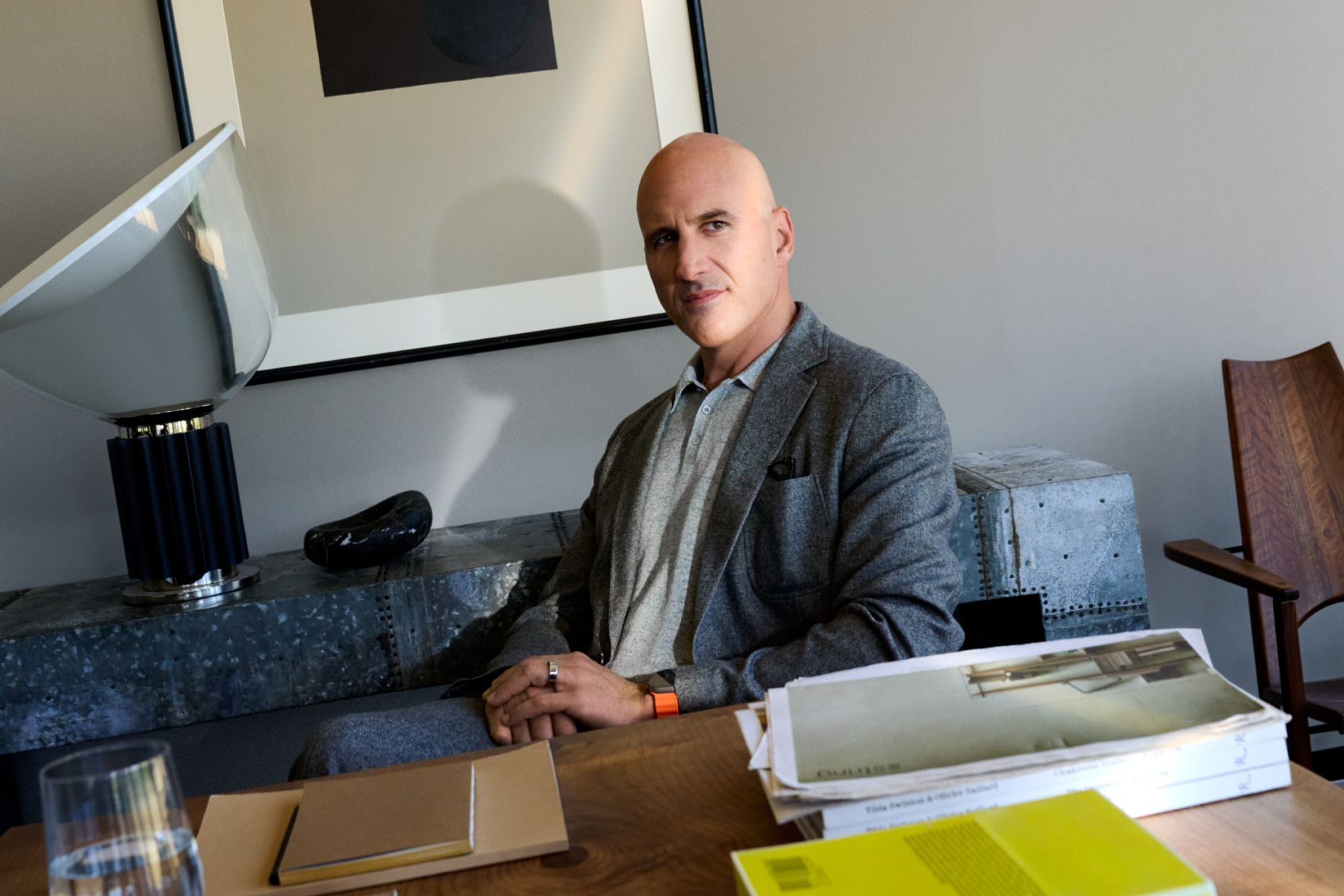GOAT: The Journey of a Sneaker-head
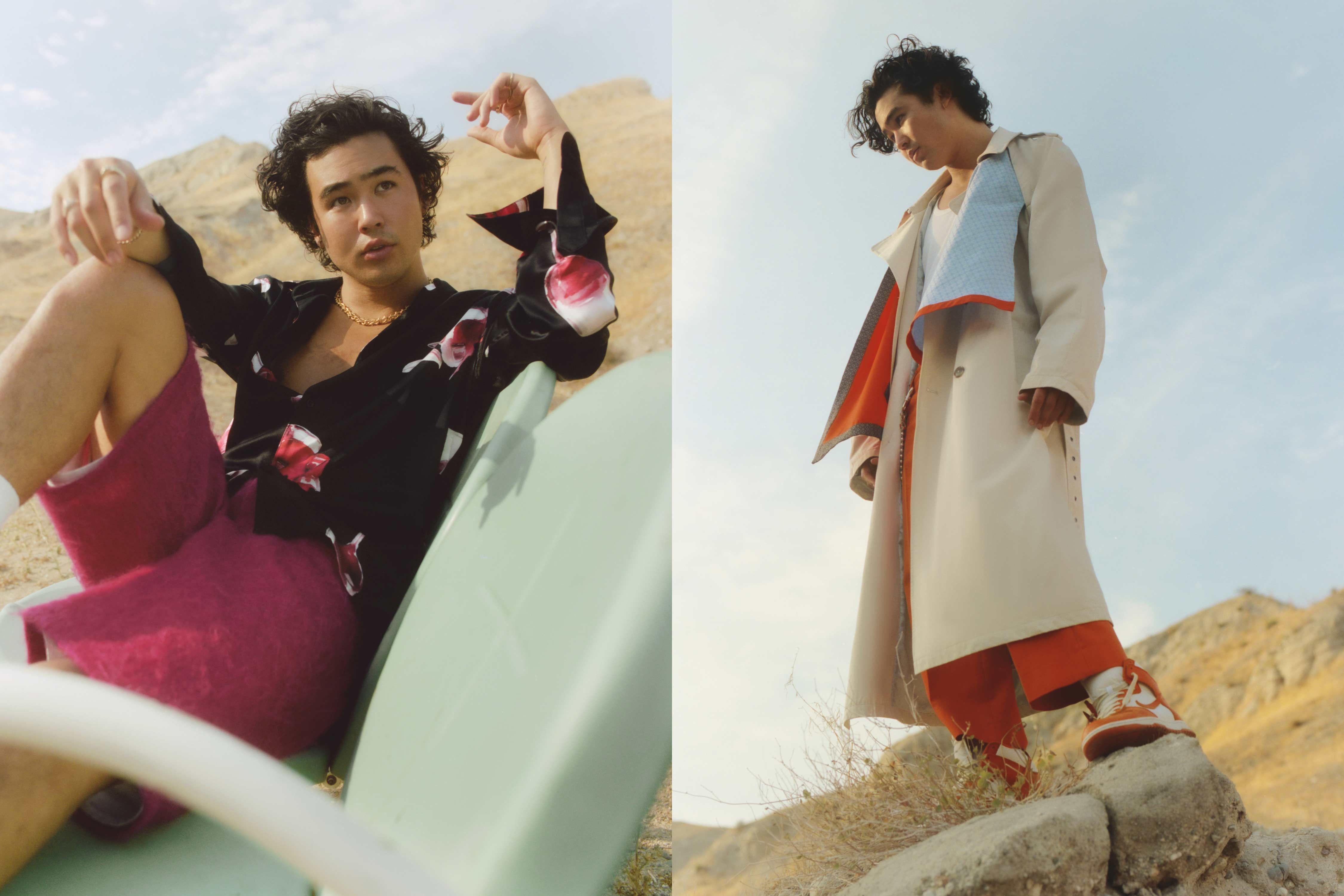
In 1990, when Daishin Sugano was ten years old, Nike debuted a pair of shoes called the Air Jordan 5 Grapes, named so because of its purple highlights. Michael Jordan wore them on a Wheaties box, and Will Smith wore them on The Fresh Prince of Bel Air. Sugano, a basketball and sneaker enthusiast, had to have them, and his dad bought them for him. The purchase would later change his life, and the sneaker industry.
Sugano went on to study Political Economy at Berkeley, where he met Eddy Lu on a basketball court. They bonded over their love of sneakers and roomed together after college. The two held corporate jobs for a while, but didn’t feel fulfilled -- they quit on the same day. Eventually they started writing iPhone apps, then founded an import/export business, and meanwhile bought Creampuff franchises for passive income. They moved to Chicago to more actively manage one franchise but didn’t know anyone in the city, so they started a social dining app called GrubWithUs. Sugano and Lu moved to Los Angeles, where they’d both grown up, and raised a $6 million Series A for the app. They pivoted a few times but the business never found its footing.
"I remember being in this loft. There was an app for everything, and it just shocked us that no one had figured out authentication for sneakers yet. We knew we could solve this. That night, we bought our web domain name, and we started building our game plan."
— Sen Sugano, Chief Brand Officer at GOAT Group
In 2013, Nike rereleased the Grapes, after 23 years, and in 2014 Sugano ordered a pair on eBay. When he opened the box, he knew something wasn’t right. They were fake. “I remember the moment,” says Sen Sugano, Daishin’s younger brother, who’d joined GrubWithUs when they were in Chicago. “I remember being in this loft. There was an app for everything, and it just shocked us that no one had figured out authentication for sneakers yet. We knew we could solve this. That night, we bought our web domain name, and we started building our game plan.” That was the origin of their current company, GOAT—short for greatest of all time, a reference to Jordan—and an app aimed at selling new and vintage sneakers. Since its launch, in July of 2015, it has become a mecca for fashion and culture, with 30 million users, 100,000 different products, 2 million listings, and a host of editorial and interactive content.
The team needed to attract sellers despite having few buyers, and buyers despite having few sellers. So they used a growth hack. They bought some pairs of shoes and put them on the marketplace. To make it look like the shoes came from many sellers, they went to The Home Depot, came back with a variety of individual floor tiles, and photographed the shoes on them.
Soon the business was growing too quickly. People sometimes buy hard-to-get sneakers only to resell them at dramatic markups. A few months after launch, Sen had the idea to, on Black Friday, sell some of the year’s most coveted shoes at retail price. He notified a couple of news outlets, and the promotion went viral. In a day they went from 100 users to 100,000. The company was still only five people and couldn’t handle the demand. “The app crashed every day leading up to Black Friday, and it was just this nightmare of an experience,” Sen says, “but it was a pivotal moment for the company. Ever since, we’ve just been in hyper-growth.”

GOAT HQ

GOAT HQ
Building Trust
GOAT has essentially solved the authentication problem they knew they could. Sellers ship shoes to GOAT, which then mails them to buyers. Along the way, people trained to detect fakes inspect them. The company also leverages artificial intelligence to cull the phonies. “And if you sell with us, you know that we tend to be pretty strict,” Sen says. “Because our consumer cares a great deal and comes to us for a premier experience.” No fake Grapes.
"And if you sell with us, you know that we tend to be pretty strict... Because our consumer cares a great deal and comes to us for a premier experience."
— Sen Sugano, Chief Brand Officer at GOAT Group
GOAT has become a retail seller of new merchandise, too—at first shoes, now also clothing and accessories—which required gaining the trust of not only customers but also brands. “We are definitely uniquely positioned at the convergence of primary and secondary, or retail and resale,” Sen says. “We started adding direct partnerships with the luxury brands on the sneaker side and realized that there was an appetite for these brands beyond sneakers, so that was the evolution.”
First, they had to initiate those relationships. Some heritage brands can be set in their ways, and it’s hard to gain their trust, especially with a new category like resale. “But because we care about the brand and the brand story—on the content side, or on the product catalog side—it has really built that trust with them.” They now have partnerships with brands like Balenciaga and Versace. They even launched Alexander McQueen’s MCQ brand exclusively. And Nike asked them to curate a gallery of their Air Force 1 sneakers.
Riding the Wave
Some of GOAT’s success comes from a tide lifting all boats: a burgeoning sneaker-head culture. Interest “has exploded in the past few years,” Sen says. “Even anecdotally, my sister-in-law, who is a New Yorker who was always in heels, wears only Jordans now. She was one of those girls who traded pumps for Js. We’re definitely seeing it hit a much wider demographic now.” It’s becoming more common to, as collectors say, “rock one, stock one”—purchase a pair to wear and one for posterity.
“We came up with a thesis that led us to many investments in the fashion space,” says Danny Rimer, a partner at Index Ventures, which led a $60 million investment in GOAT. “Fashion is going to replace music as a social lubricant.” Rimer used to bond with friends over their record collections, but music streaming has changed that. “Folks consume music very differently, and it doesn’t have the same tribal elements that you could get through buying albums,” he says. Now people connect over vintage finds or clothing “drops.”
Sneaker collection, in particular, has taken many by surprise. “It’s such a great example of how folks underestimate the power of niches online,” Rimer says. “When we invested in Etsy, folks thought, ‘How many arts-and-crafts people are there out there?’ And the same thing happened with GOAT: ‘How many people are going to pay a premium to get a special pair of sneakers?’”
"The GOAT founders have always said, ‘We’re building a brand, and the brand is going to stand for something. We are not going to be the cheapest place. So we are going to be the most trusted place for buying this exclusive inventory.’ And I’ve been really impressed with how closely they’ve kept to these values."
— Danny Rimer, Index Ventures
Not everyone has ridden the wave quite so gracefully. Competitors have tried to build businesses by offering discounts or marketing aggressively. Meanwhile, GOAT has stuck to their vision. “The GOAT founders,” Rimer says, “have always said, ‘We’re building a brand, and the brand is going to stand for something. We are not going to be the cheapest place. So we are going to be the most trusted place for buying this exclusive inventory.’ And I’ve been really impressed with how closely they’ve kept to these values.” Even as they’ve expanded geographically—to Europe and Asia—and in terms merchandise, selling clothing. Meanwhile, Rimer says, the founders have stayed humble, focusing on the business rather than seeking interviews and doing victory laps.
Much of GOAT’s growth has been organic, through cultural evolution and word of mouth. But GOAT has also reached the point where they had Daniel Sannwald, a fashion photographer who’s directed music videos for John Legend, Rihanna, and Travis Scott, direct a TV ad for them, which played during the NBA playoffs.
Connecting Through Content
As sneakers gain a new cultural relevance, people come to GOAT to buy and also to learn. GOAT builds trust not only through authentic products, but also through authentic content. “We really focused on this vibrant community and highlighting the stories of influential people doing amazing work, inspiring this next generation,” Sen says.
Of course, GOAT’s original inspiration was Michael Jordan, but the younger generations aren’t familiar with this icon of the 1980s and 1990s. When GOAT started, they were selling a lot of Adidas, especially NMDs and Yeezys, the latter affiliated with Kanye West, but few Jordans. “We had grown up on Jordan, but the kids weren’t buying it,” Sen says. “There are kids today who haven’t seen Michael Jordan play. And we’re like, ‘We need to explain why the products are so meaningful, why you should care about Jordan,’ and so we started doing that education really early on.” The site contains a timeline highlighting key moments in sneaker design and in Jordan’s basketball career, going back to 1985. And many of the shoes in their curated product catalog have descriptions, fact-checked by a sneaker historian.
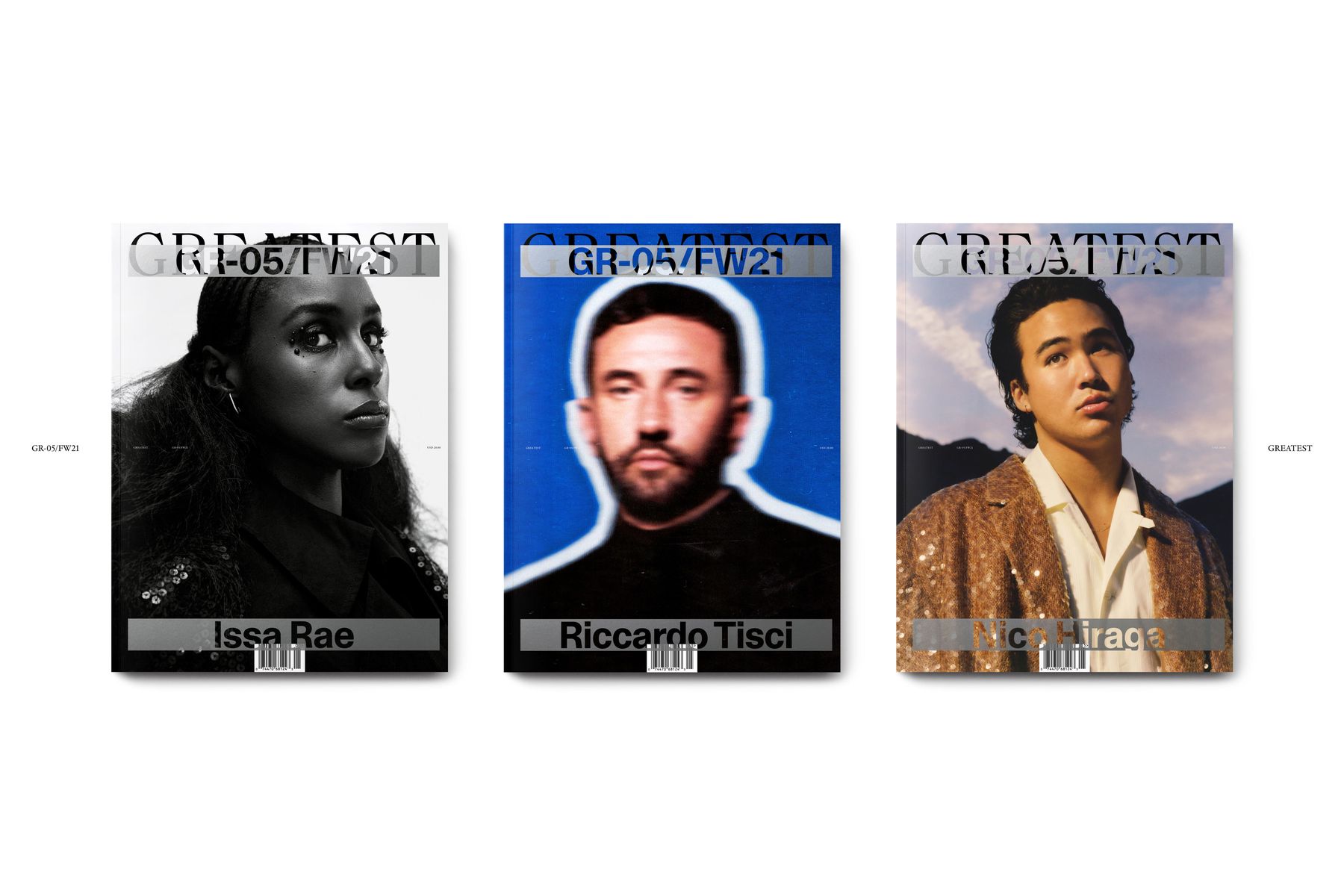
GREATEST Magazine Issue 05
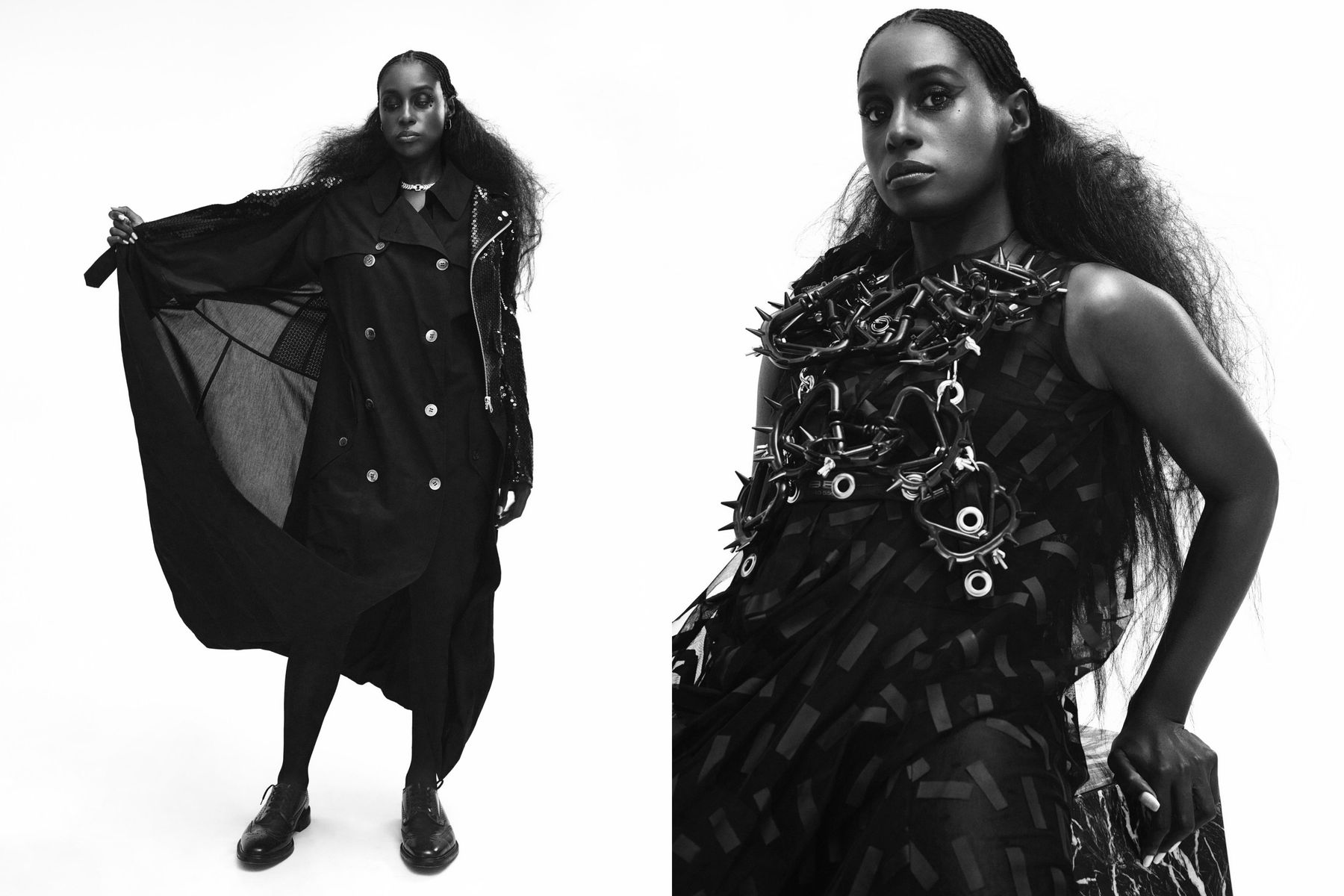
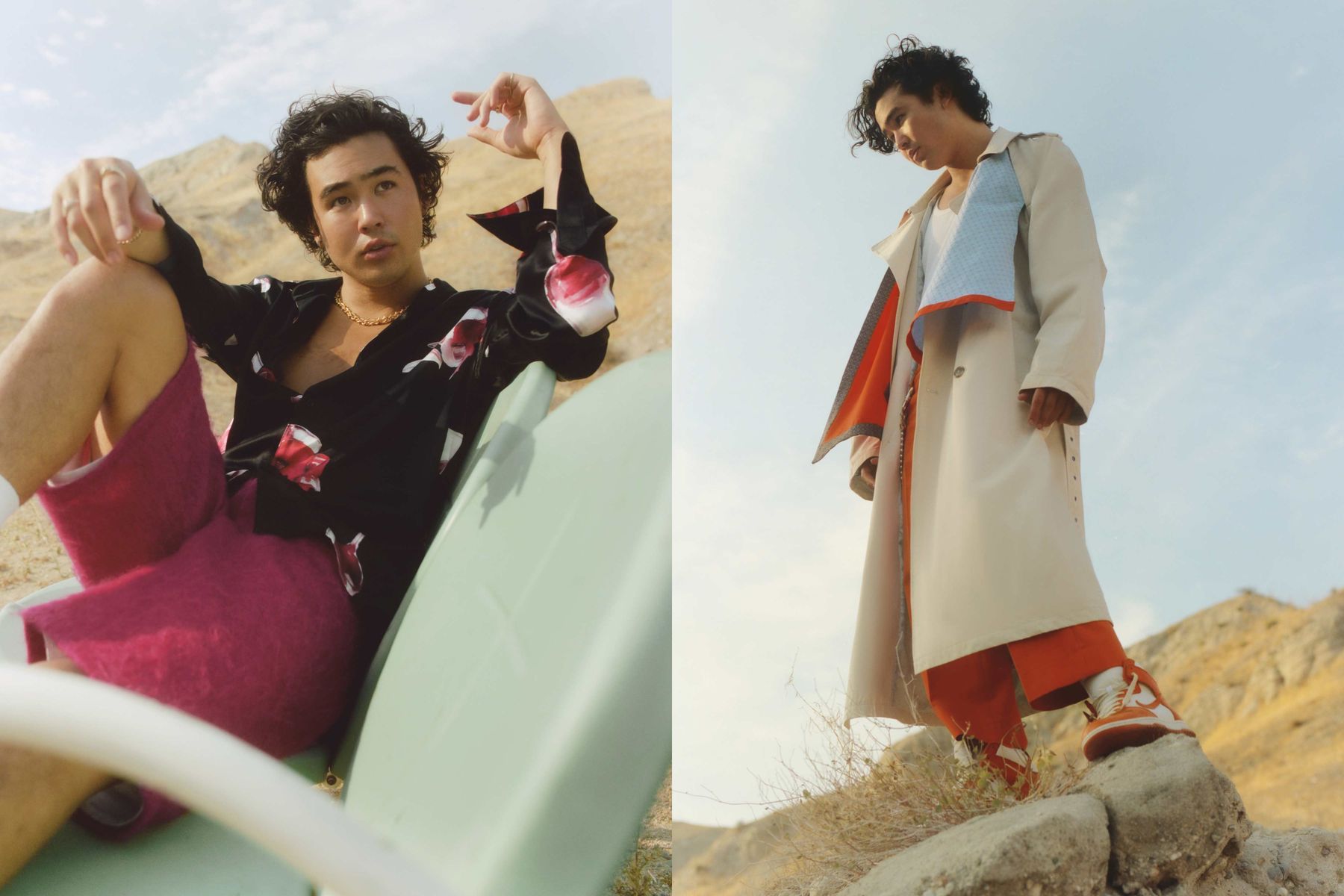
Unlike eBay or many other sneaker sellers, GOAT publishes a biannual 150-page magazine, called GREATEST Magazine, to more fully express their point of view on culture and style. “We’ve leaned into some old-school techniques,” Sen says. “When everyone was running away from print, we actually entered the space.” Jerry Lorenzo, the fashion designer who created the luxury streetwear label Feat of God, graced the cover of their inaugural issue, in 2018. Stories cover not only Jordan but also Prince, the actor Caleb McLaughlin, from Stranger Things, and Mexico City’s underground club culture.
"For our editorial content, nothing is off the table... Our intended audience is anyone looking to be inspired, and curious about the history and stories of sneakers and the communities that influence them."
— Diane Abapo, Director of Content at GOAT and Editor in Chief of GREATEST
“For our editorial content, nothing is off the table,” says Diane Abapo, GOAT’s Director of Content and the Editor in Chief of GREATEST. They cover fashion and culture in the form of op-eds, think pieces, trend stories, and insider roundups. To find stories, the team reads a lot, keeps up with current events, and watches new films. “While we may publish a story that examines the iconic Swoosh, we also may explore the tattoo culture in Berlin or the cult rise of Margiela’s Tabi boots,” she says. “Our intended audience is anyone looking to be inspired, and curious about the history and stories of sneakers and the communities that influence them.” Some of the stories appear online but Abapo hopes people will not only read the print issues but collect them.
GOAT also has more interactive ways of engaging with the community. On Black Fridays, they run trivia games on their app, hosted by fashion celebrities like Steven Smith, the Godfather of Dad Shoes; Tinker Hatfield, a legendary designer at Nike; and the rappers ASAP Nast and Saweetie. One year, one of the trivia prizes was a 1985 Ferrari Testarossa like Michael Jordan’s. On Black Friday, GOAT can become the most downloaded shopping app, and in the top three of all apps, next to Tik Tok. “It’s not just a doorbuster sale,” Sen says. “It’s not like you’re just coming in to buy this thing that’s 50% off. You’re coming in for a full experience. Your friends are involved, and you can talk about it.”
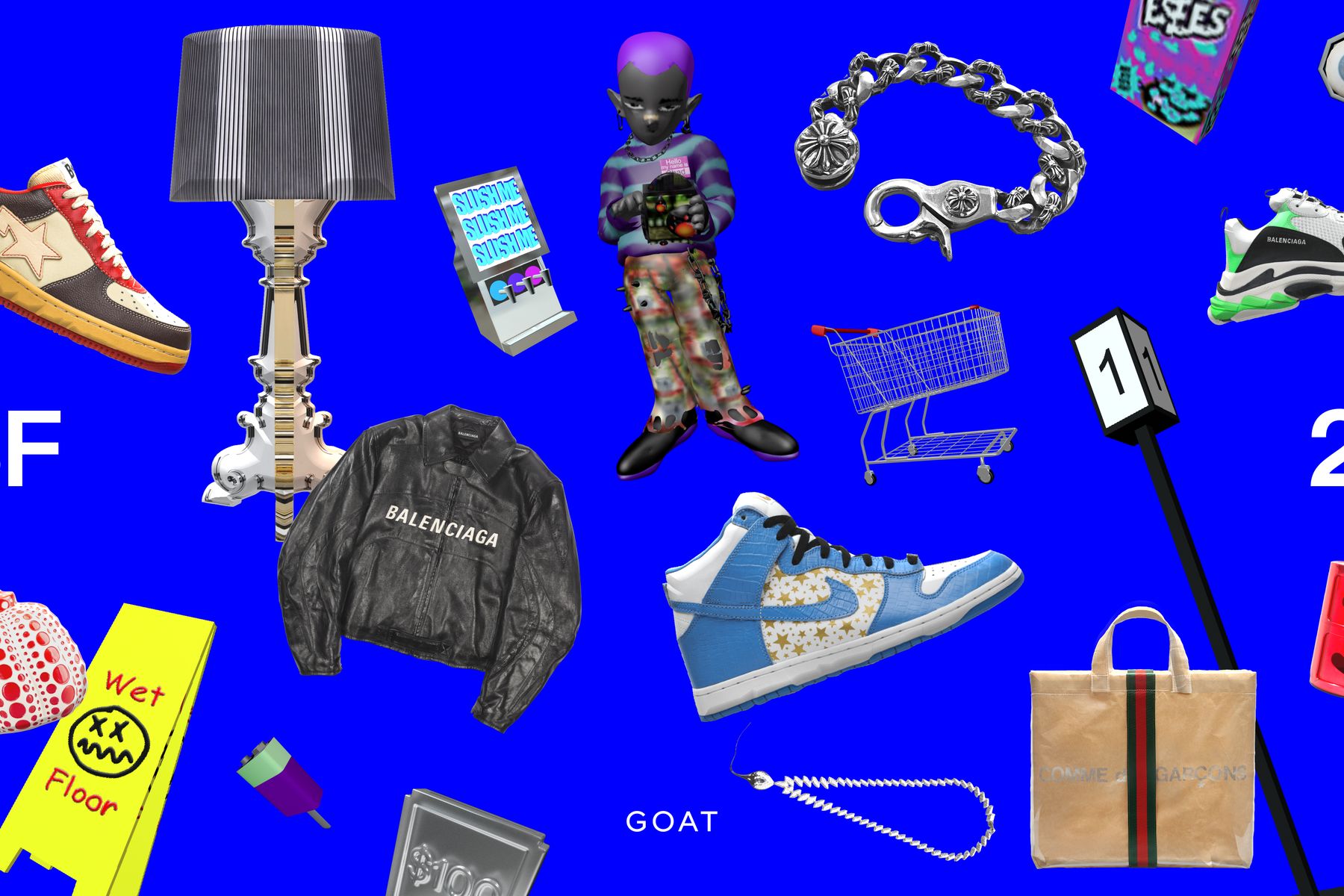
GOAT Black Friday 2021
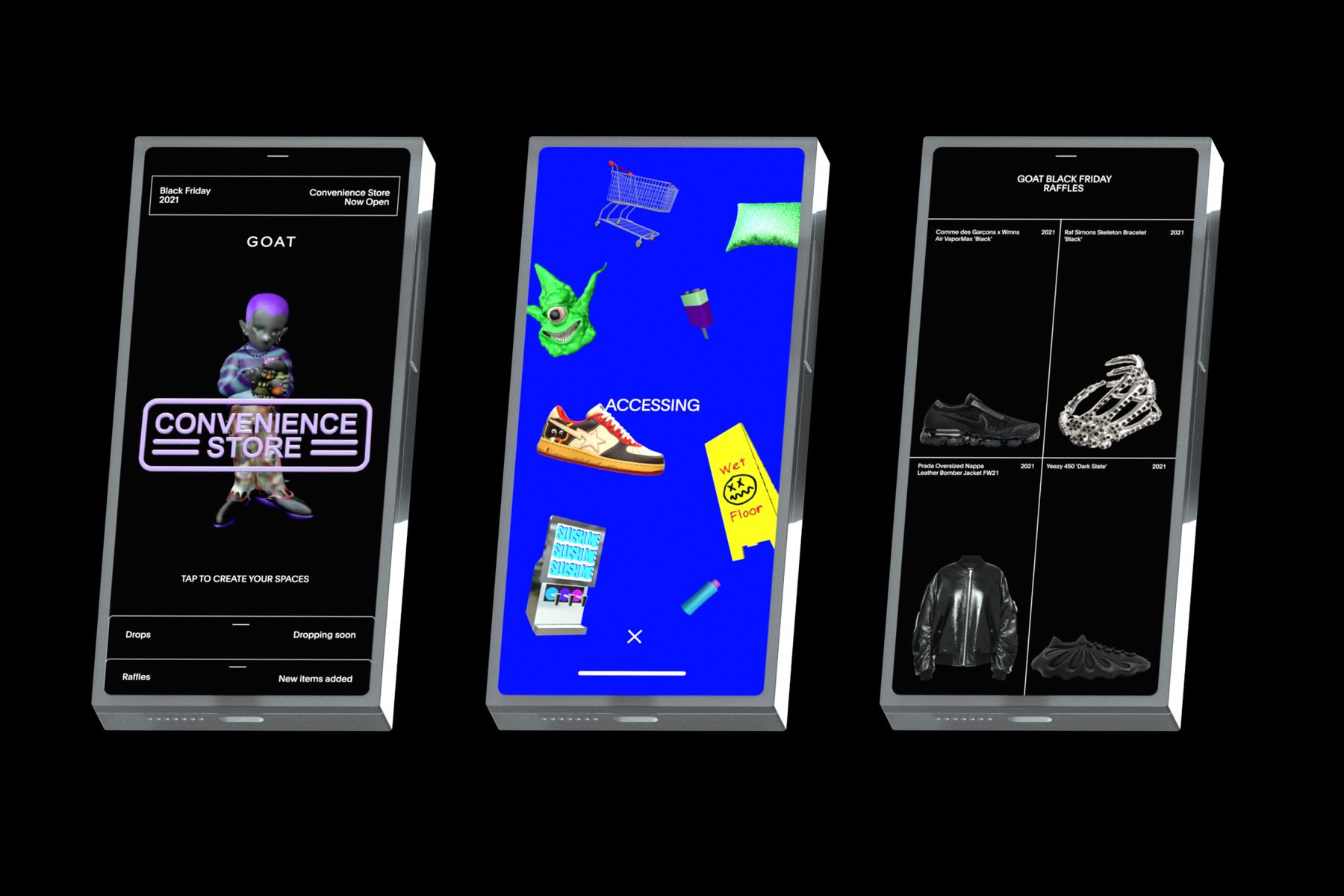
GOAT Black Friday 2021
Sometimes they will profile someone like the Swedish singer Snoh Alegra and allow people to purchase the various items she’s wearing. Another community event involved a raffle, in partnership with the actor Michael B. Jordan, that raised half a million dollars for GirlTrek, a nonprofit organization supporting the health of African-American women and girls.
Some buyers may care only about avoiding knockoffs, but others will also appreciate the cultural authenticity, even if it’s not so visible when they’re showing off their kicks to their friends. “When you’re walking down the street, you want to be wearing an authentic pair of shoes,” Rimer says. “But on the other hand, you also take comfort in the fact that you bought them from a service that really values what you’re wearing, and that is committed to highlighting what you’re wearing. That’s a subtle, but very important feeling.”
Augmenting Reality
Even as GOAT keeps it old-school with classic sneakers and paper magazines, they also push the technological frontier. One tech they use is augmented reality, or AR, by overlaying digital content on top of reality as seen through a smartphone camera. For instance, users can try on shoes virtually by pointing the camera at their feet and seeing them newly shod on the screen. GOAT has also experimented full-body versions.
And in 2018, GOAT ran an AR scavenger hunt. People were directed to sites like the Flight Club shoe stores in New York and Los Angeles, or “Sneaker Street” in Hong Kong, or the locations where Muhammad Ali beat George Foreman, the first iPhone was introduced, or the oldest known leather shoe was made, in Armenia. There, they could see virtual items floating in front of them that they could retrieve for the chance to win a prize.
"It is important for us in our mission to help others realize their individual greatness."
— Diane Abapo, Director of Content at GOAT and Editor in Chief of GREATEST
Not everyone can be Michael Jordan or Muhammad Ali. But GOAT aims to inspire people to be their greatest selves, Sen says. Abapo agrees. Their readers purchase intentionally, she says. They do their research and learn brands’ stories. “To them, coveting a pair of Air Jordan 1s means more than just having it match your outfit—not that there’s anything wrong with that,” she notes, “but there’s also an excitement and nostalgia for the GOAT himself, Michael Jordan, and what he embodies not only in basketball history but as an icon with unparalleled dedication to his craft.”
You can’t help but be inspired by Jordan, she says. “It is important for us in our mission to help others realize their individual greatness.”
Published — Feb. 9, 2022
-

-
